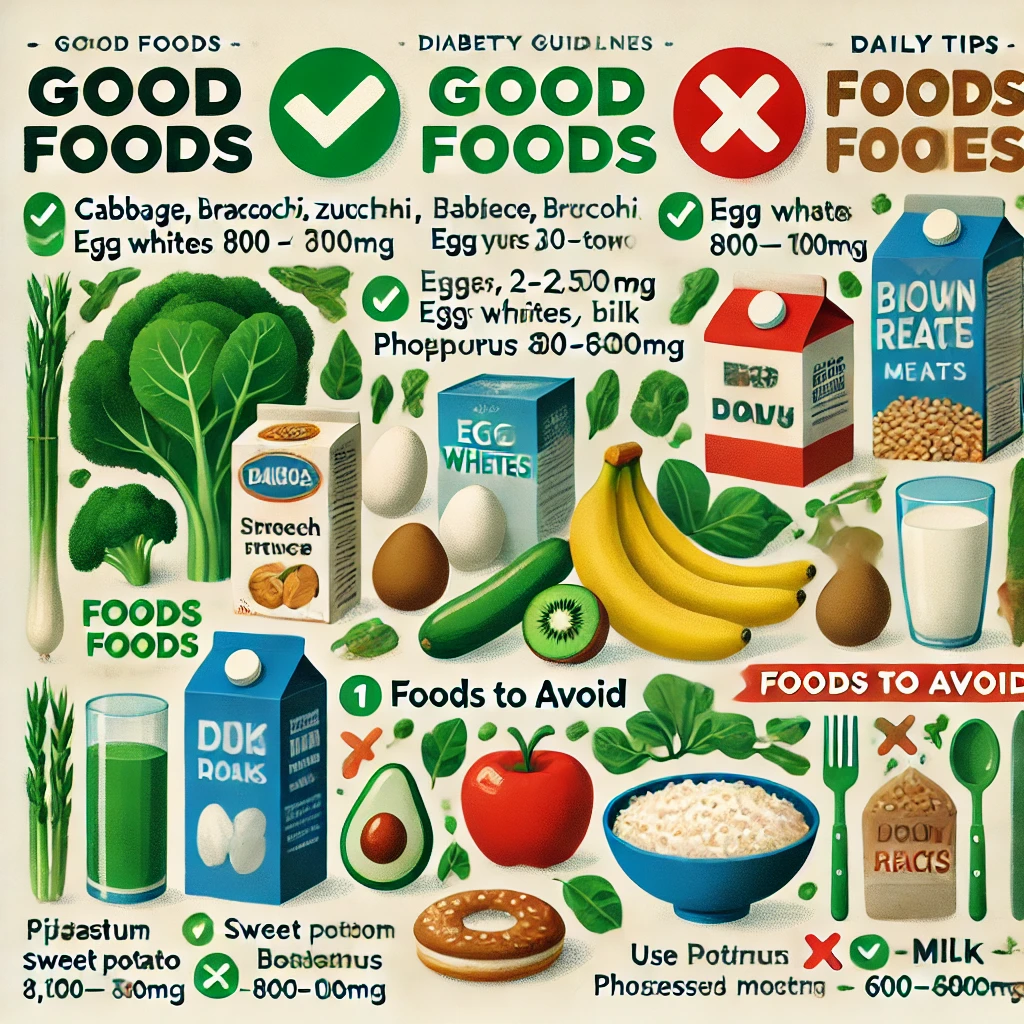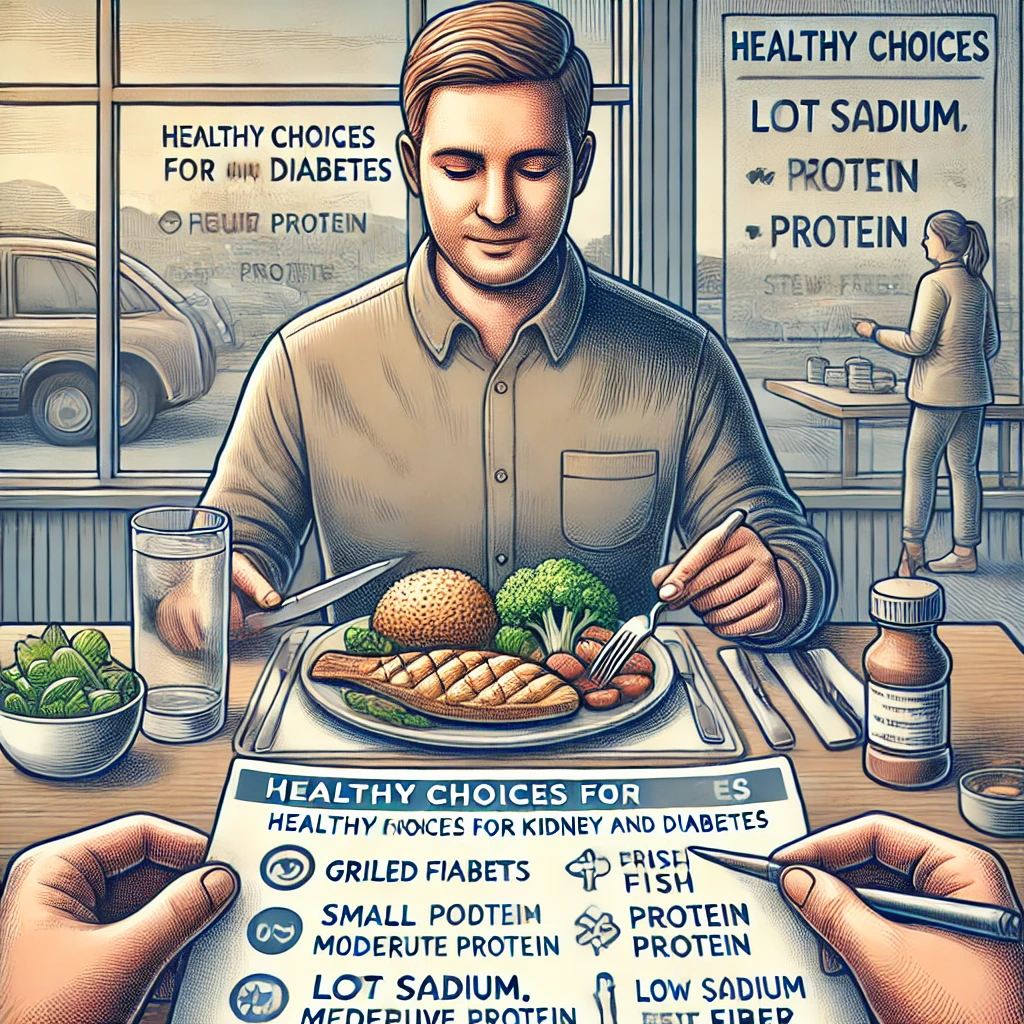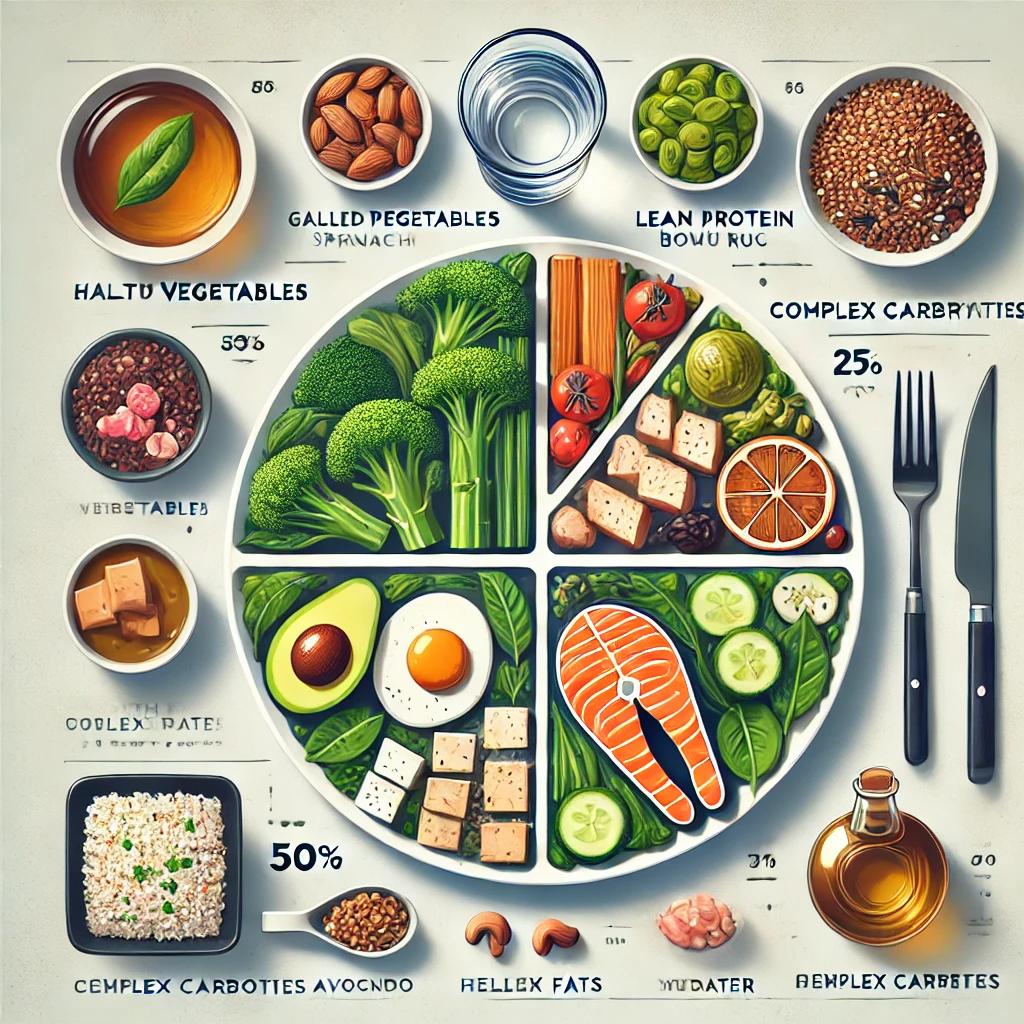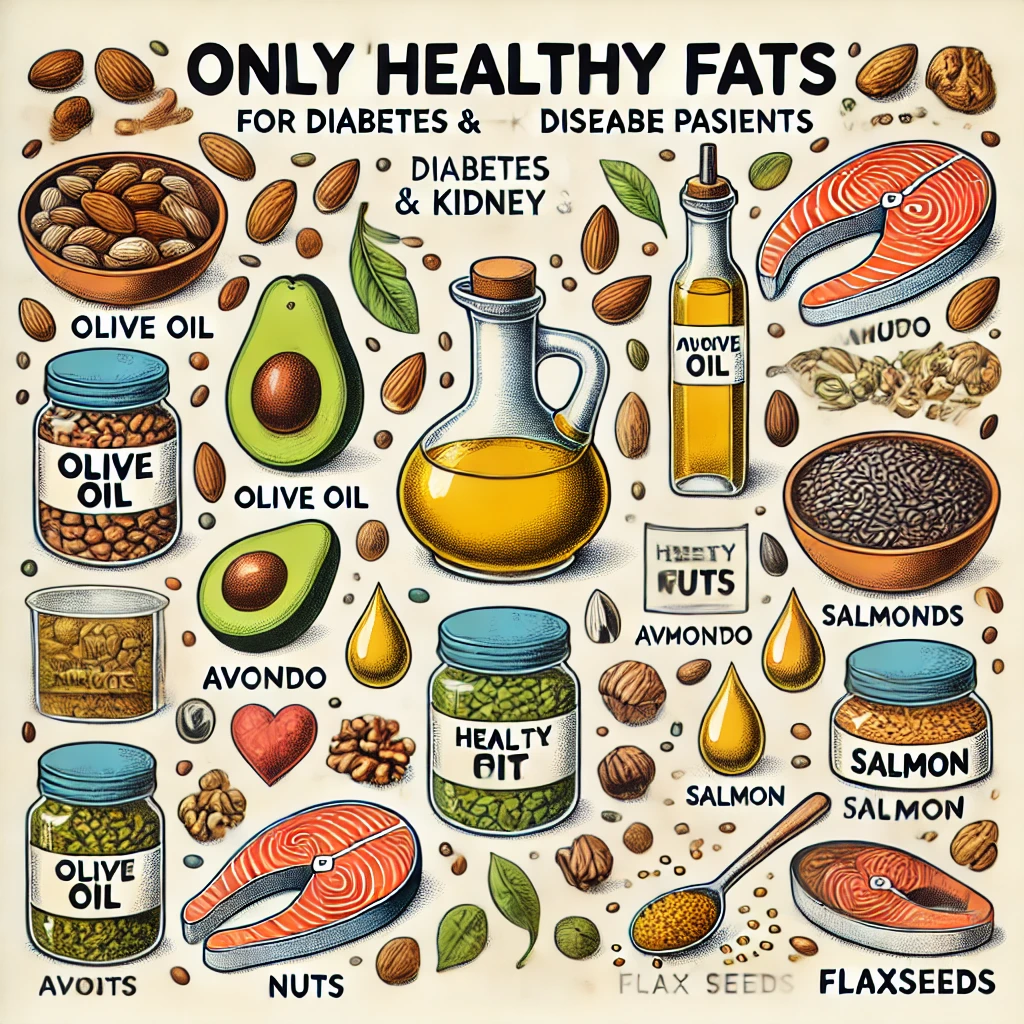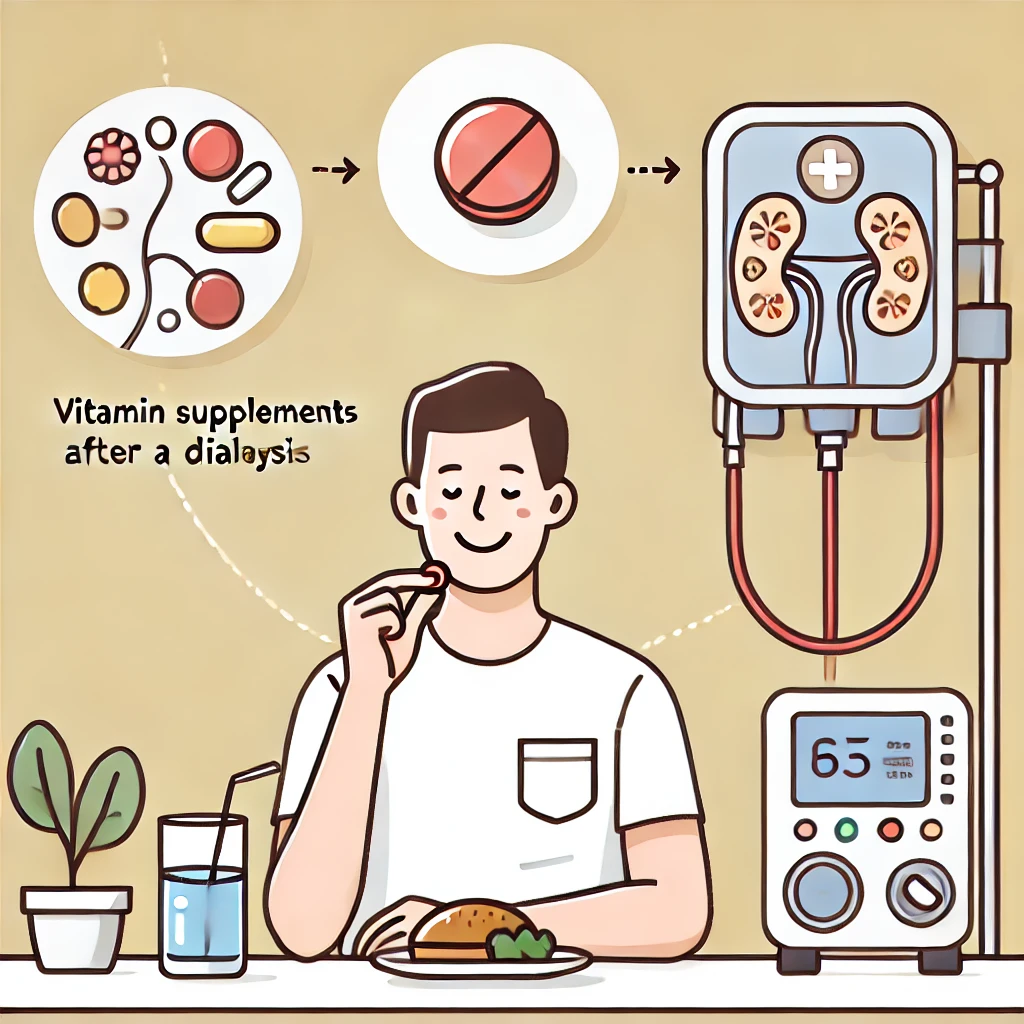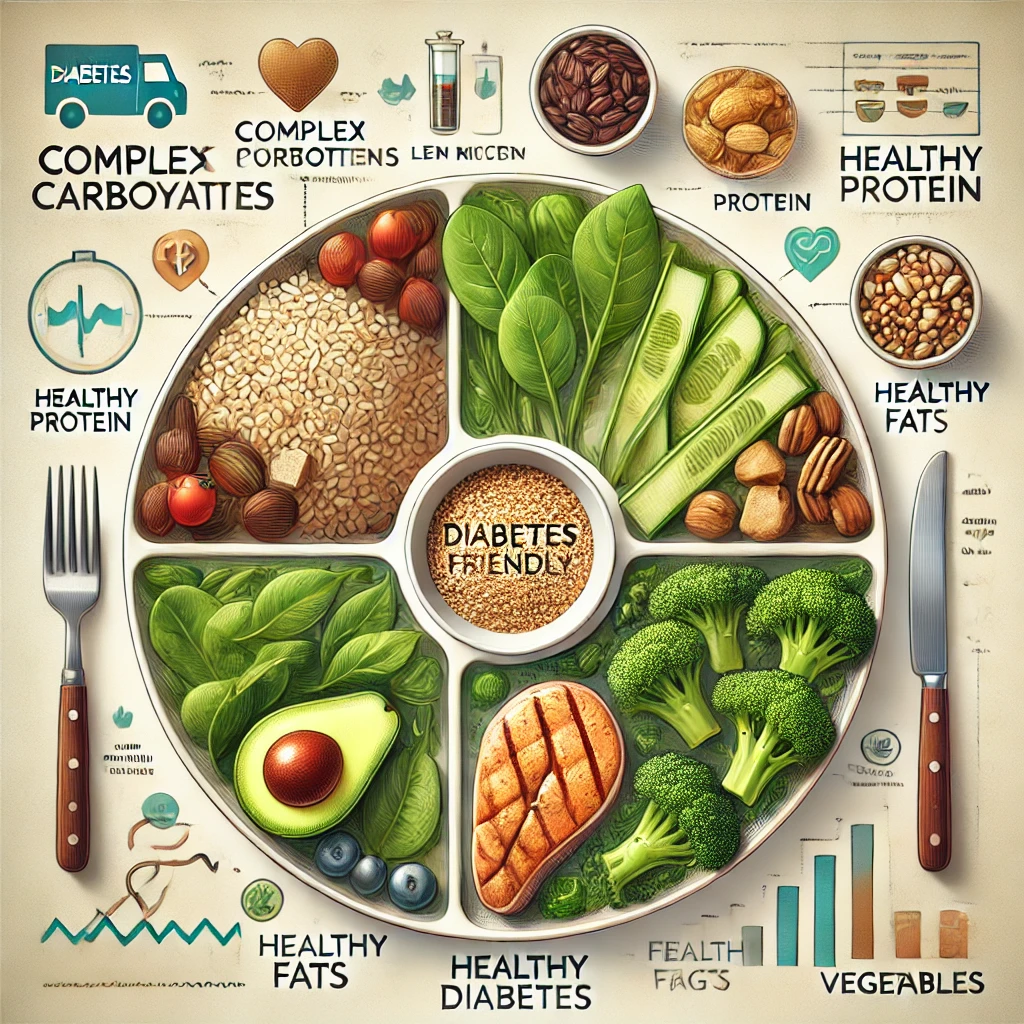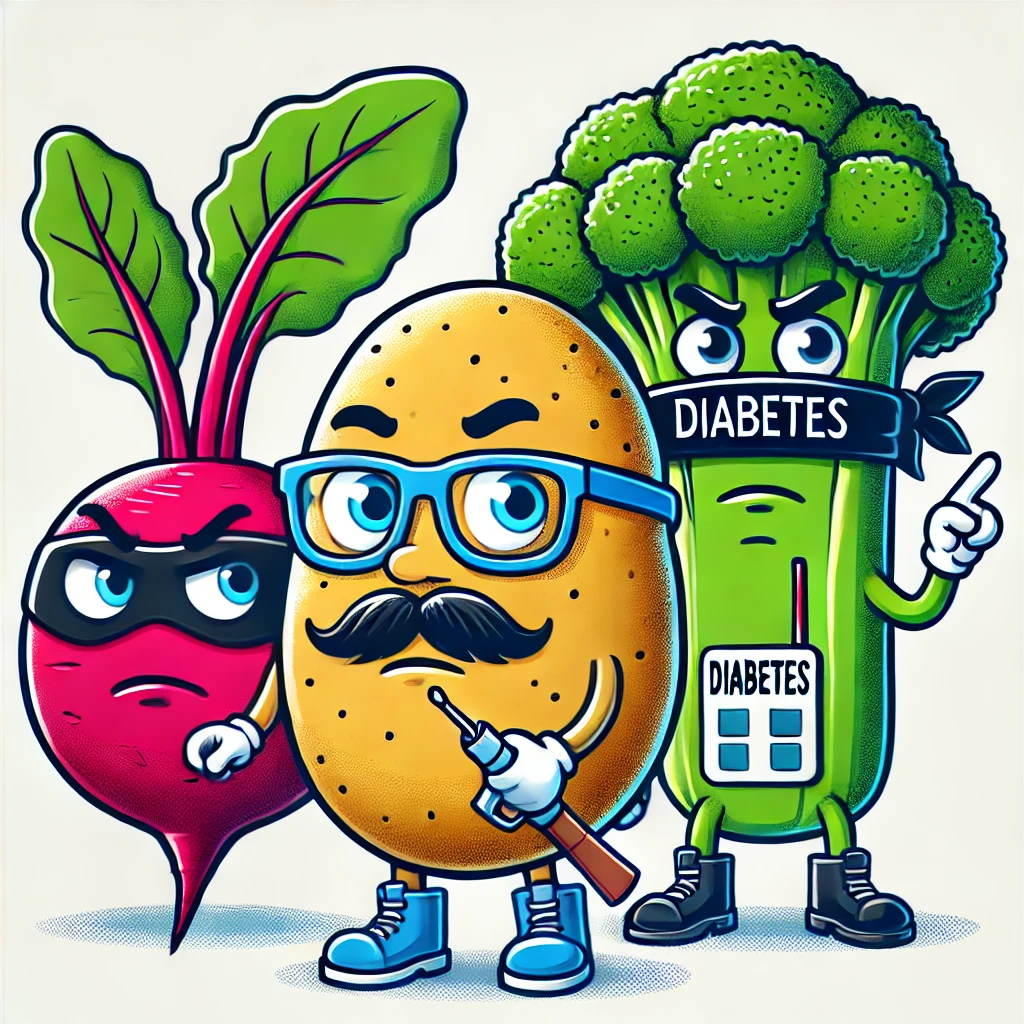Easy-to-Follow Diet Guide for Diabetic Kidney Disease (DKD)
If your kidneys have been weakened by diabetes, it’s time to change your diet. This blog post will help you understand what to eat (and avoid) in a clear and easy way—no complicated medical jargon.… Easy-to-Follow Diet Guide for Diabetic Kidney Disease (DKD)
